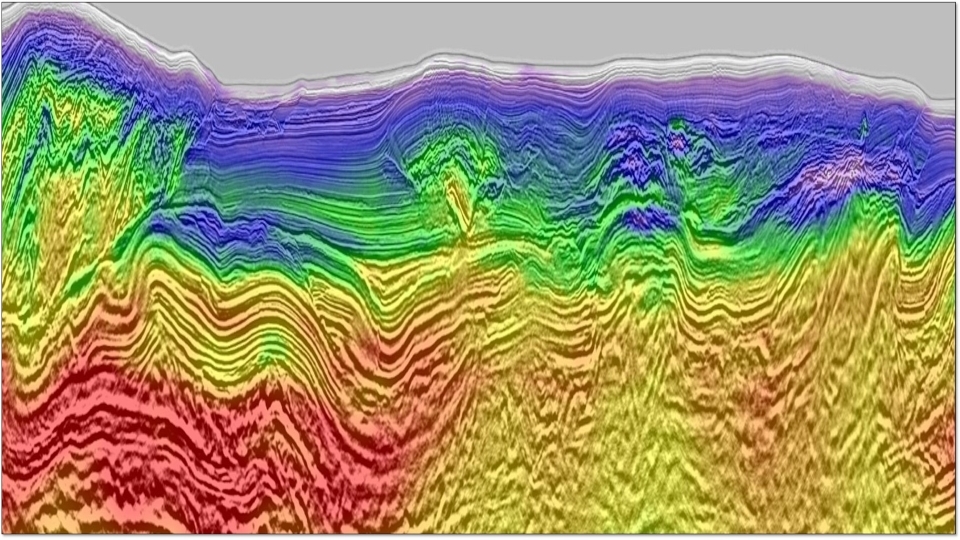Atlantis — 20 years of seismic innovation finally removes the shroud of mystery
Atlantis — 20 years of seismic innovation finally removes the shroud of mystery
The Atlantis Field has gone through more than two decades of continuous seismic imaging efforts, during which time many innovative technologies were incubated, the most recent one being the successful application of full-waveform inversion (FWI) in salt environments. This technique led to a significant ...





